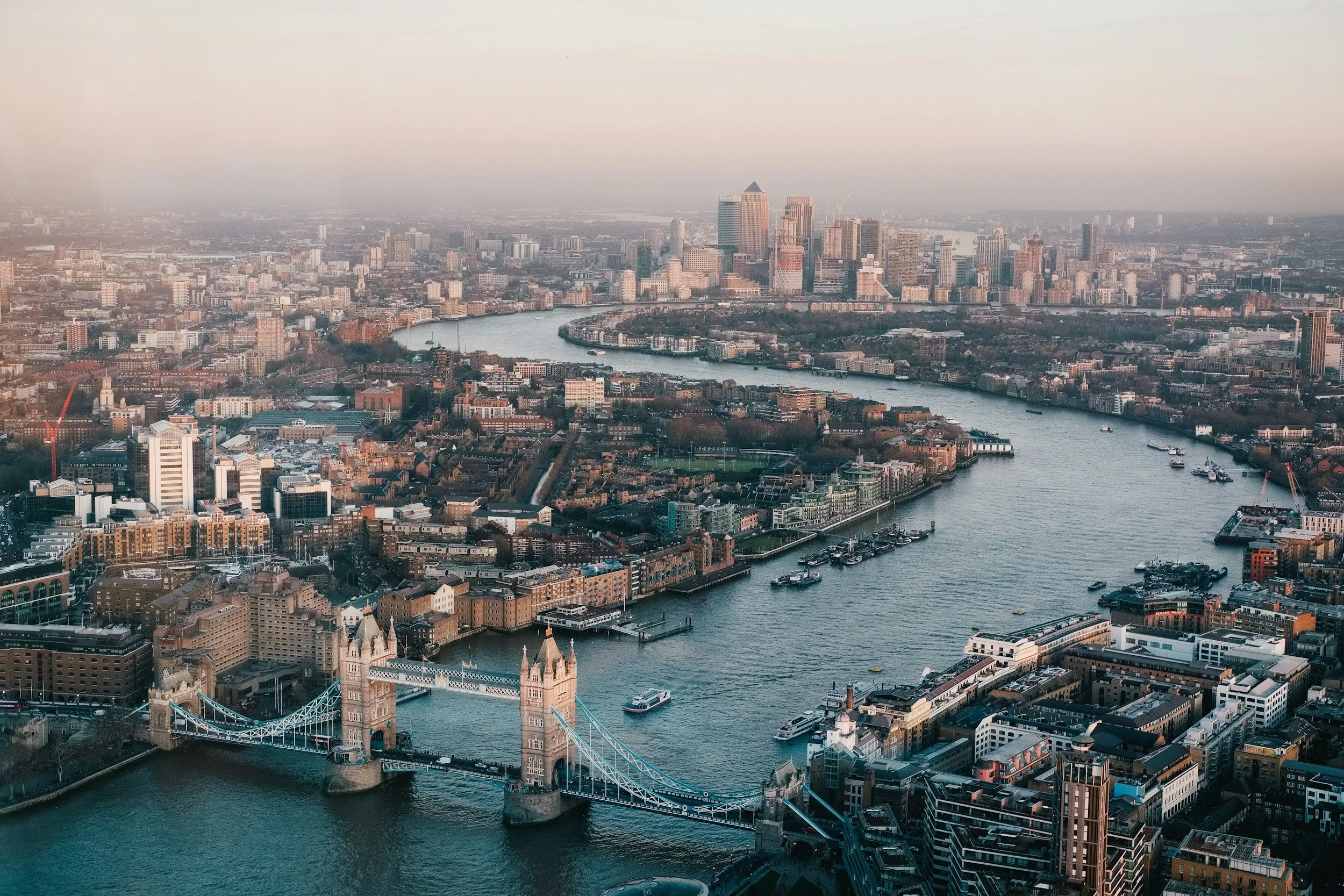Who Actually Owns London? (Hint: It’s Not Just Brits)
Walk through central London and it’s easy to feel like you’re in the heart of British identity — red buses, royal palaces, and centuries-old pubs. But here’s a twist: much of London isn’t actually owned by Brits at all.
In fact, ownership of London — especially its most iconic and valuable areas — is a complex mix of aristocrats, billionaires, offshore companies, foreign governments, and institutions. So… who really owns London?
Let’s unpack it.
1. Foreign Investment Is Everywhere
London is one of the most attractive cities in the world for foreign investors. Why?
Political stability
Strong legal property rights
A resilient market
Prestige
As a result, wealthy individuals and companies from Qatar, China, Saudi Arabia, Russia, and the US have snapped up huge chunks of London — particularly in luxury zones like Mayfair, Belgravia, Knightsbridge, and Canary Wharf.
2. Qatar Owns a Shocking Amount of Prime London
Let’s start with the biggest player: Qatar.
Through its sovereign wealth fund (QIA), Qatar owns:
Harrods
The Shard
Canary Wharf (alongside a Canadian company)
The Olympic Village in Stratford
Major stakes in Heathrow Airport and Barclays Bank
Entire blocks of properties in Mayfair and Knightsbridge
It’s said Qatar owns more property in London than the Crown Estate.
3. The Crown Estate (Yes, the Royals Still Own a Lot Too)
Technically owned by “the Crown,” this £16 billion real estate empire is managed independently — and its profits go to the Treasury.
In London, the Crown Estate owns:
Most of Regent Street
Large parts of St James’s
Big stretches of the West End
While King Charles doesn’t personally pocket the profits, he receives a cut (the Sovereign Grant) — so it still benefits the royal household.
4. The Great Estates – Aristocracy Still Reigns
London’s elite families have held land for centuries — and never let go.
Here are the major ducal dynasties still raking in London rent:
The Grosvenor Estate (Duke of Westminster): Owns Belgravia and Mayfair — two of the most expensive neighbourhoods in the UK.
The Cadogan Estate: Controls much of Chelsea.
The Howard de Walden Estate: Dominates Marylebone.
The Portman Estate: Covers big bits of Baker Street and Oxford Street.
These are hereditary land empires — centuries old, tax-efficient, and still wildly profitable.
5. Anonymous & Offshore Companies
One of the most controversial parts of London’s property market?
Anonymous buyers.
For years, it was legal for companies registered in tax havens like British Virgin Islands, Panama, and Jersey to buy London property without disclosing the real owner.
As of 2023, the UK introduced a Register of Overseas Entities, requiring foreign companies to declare their true owners. But enforcement is still weak, and tens of billions in property are still effectively anonymous.
In short: you could live next to a ghost owner.
6. The Super-Rich (British and Global)
London has long attracted the global elite. From tech billionaires and fashion moguls to oil barons and crypto kings, private ownership of London mega-mansions is booming.
Some examples:
Roman Abramovich (Russia): Owned a £125m mansion in Kensington.
Lakshmi Mittal (India): Owns the £200m “Taj Mittal” in Kensington Palace Gardens.
Jeff Bezos (US): Reportedly bought a multi-million pound townhouse in Central London.
And many Brits too — especially old-money aristocrats and new-money CEOs — have massive London holdings.
7. Who Owns London’s “Normal” Homes?
Outside the flashy zones, most homes in London are still owned by individuals — but a growing share is owned by landlords and developers.
Key trends:
Over 25% of London households are now privately rented.
Build-to-rent companies and housing associations are buying entire blocks.
Buy-to-let landlords still dominate in zones 2–4.
And with house prices so high, it’s harder than ever for locals to buy — meaning ownership is slowly drifting away from ordinary Londoners.
8. What About Social Housing?
London’s councils still own large housing estates — especially in boroughs like Hackney, Tower Hamlets, Southwark, and Camden. But since Right to Buy was introduced in the 1980s, many homes were sold off to tenants or private buyers.
Today, social housing is shrinking, and much of it has quietly entered the private rental market.
9. Why Does All This Matter?
Because ownership shapes everything:
Rent prices
Planning permissions
Gentrification
Who gets to stay — and who gets pushed out
When overseas billionaires and offshore firms own huge parts of the city, it distorts the market for locals. And while foreign investment boosts the economy, it can also leave streets dark — because many of these homes are empty most of the year.
So... Who Really Owns London?
The Royals still own big parts.
Foreign governments and billionaires own the flashiest bits.
Historic families still dominate Mayfair and Chelsea.
Developers and landlords own increasing parts of outer zones.
Anonymous companies still have too much power.
The truth is: London is owned by a global patchwork of people you’ll probably never meet.
So next time you’re walking down a quiet street in Belgravia, remember — it might not belong to Britain at all.
Want to see London’s secrets in plain sight?
Follow @Londonyaar for real stories, hidden histories, and the stuff they don’t put in guidebooks.
